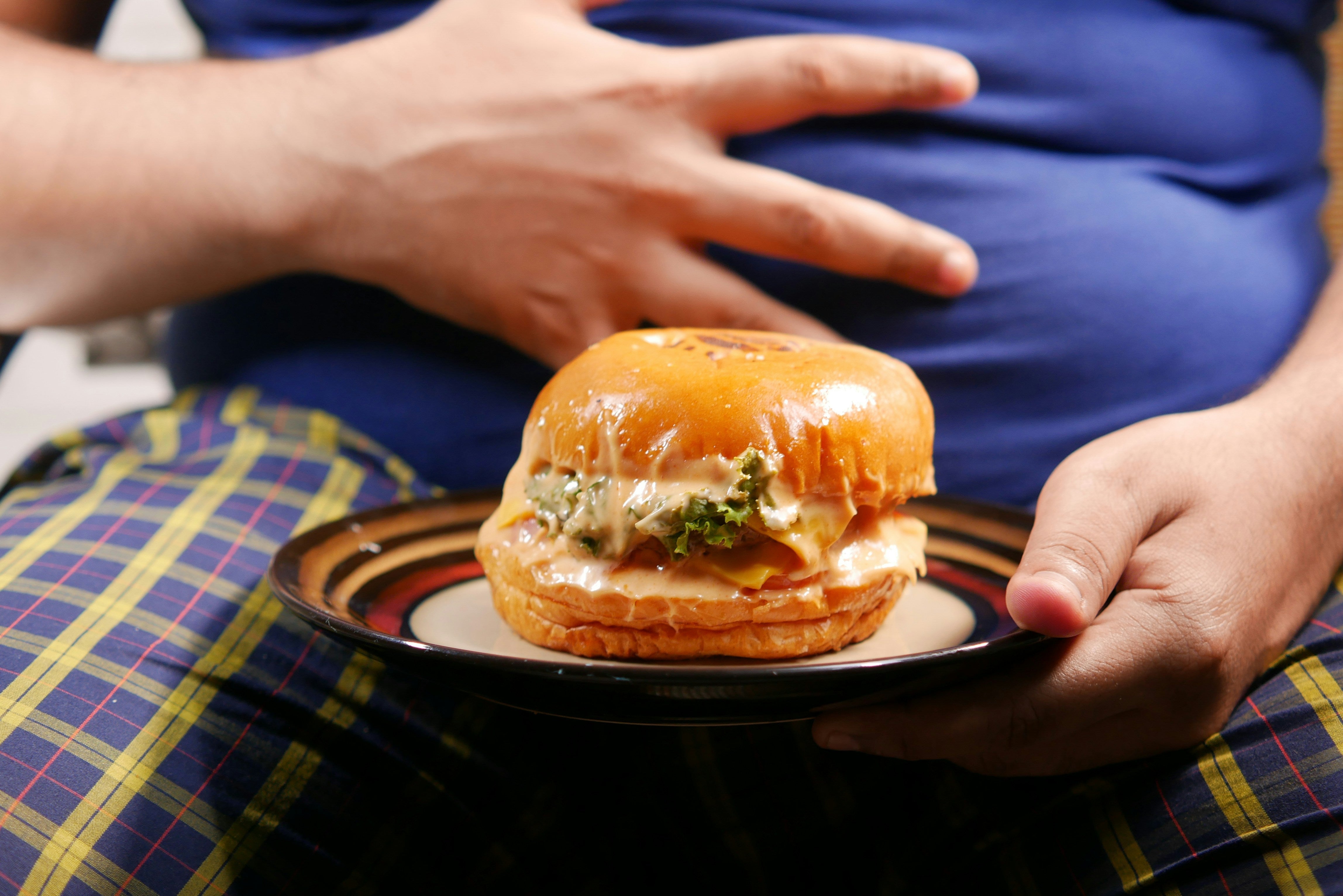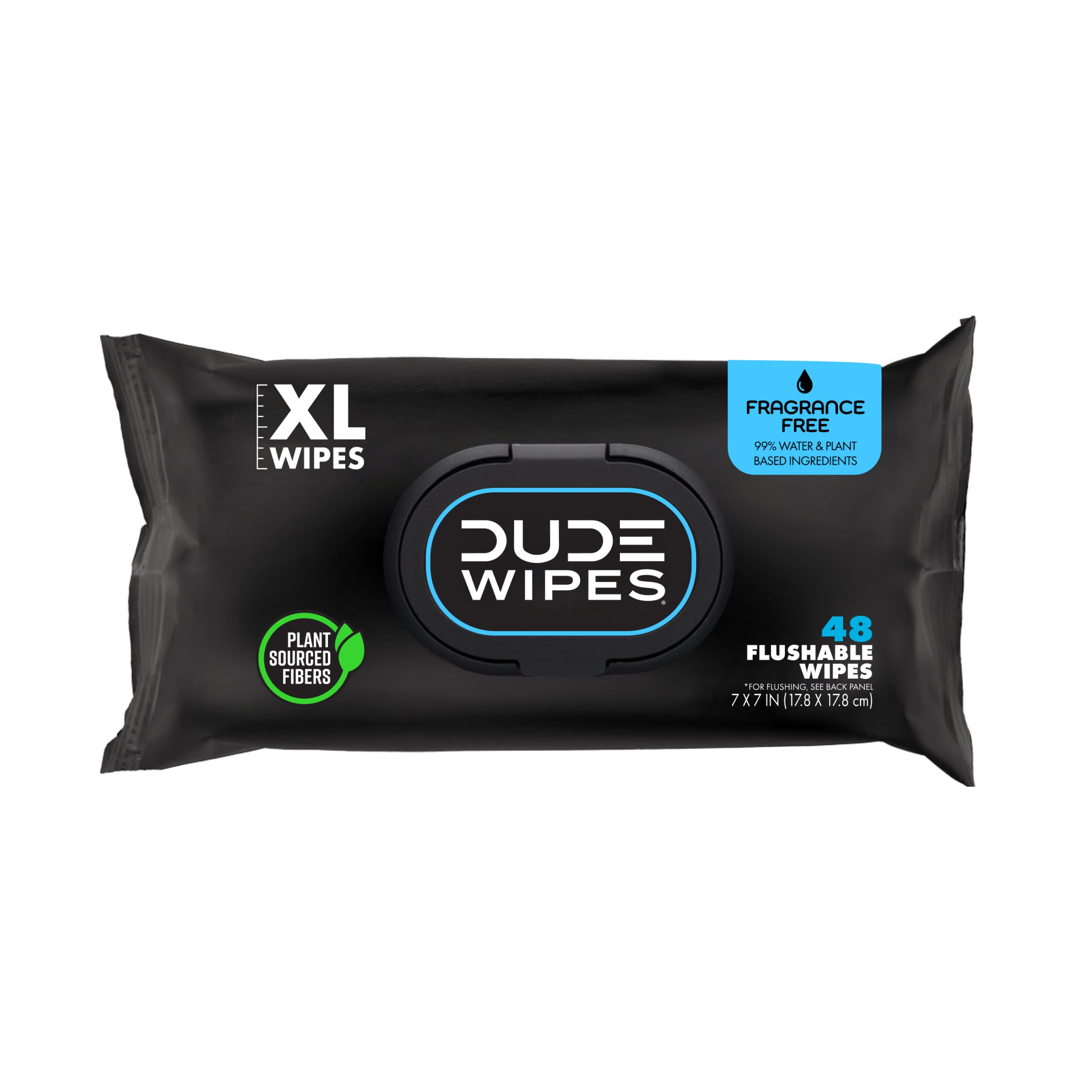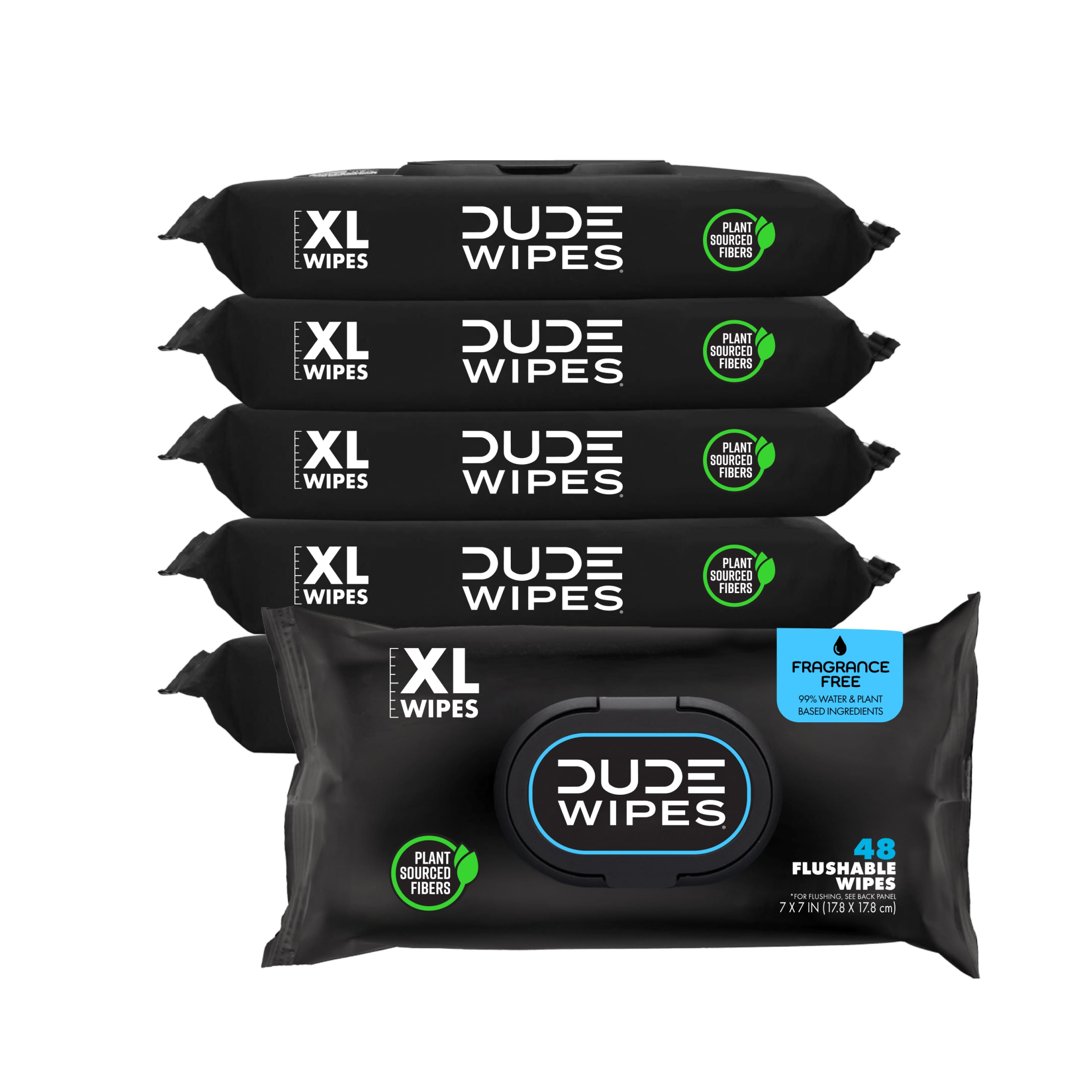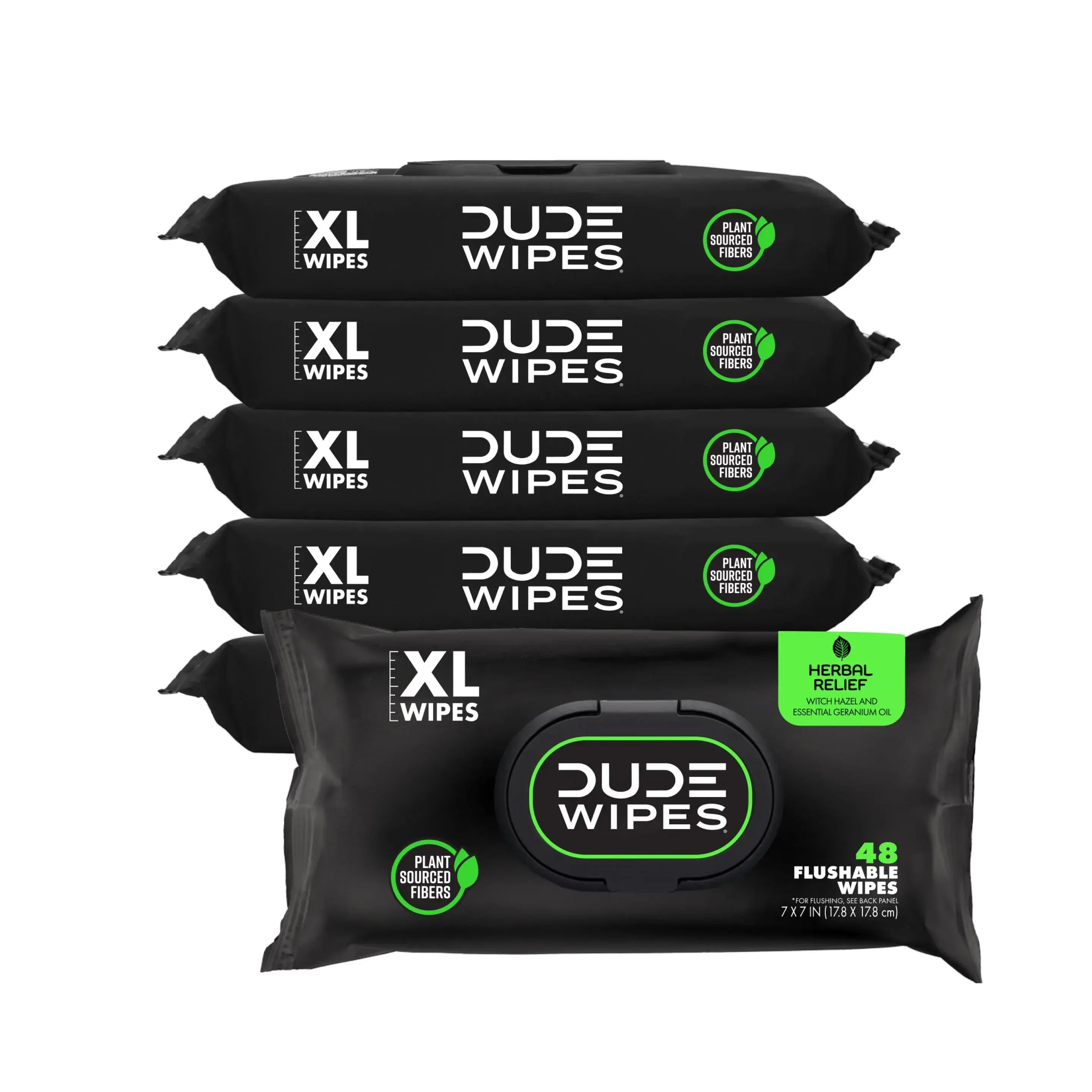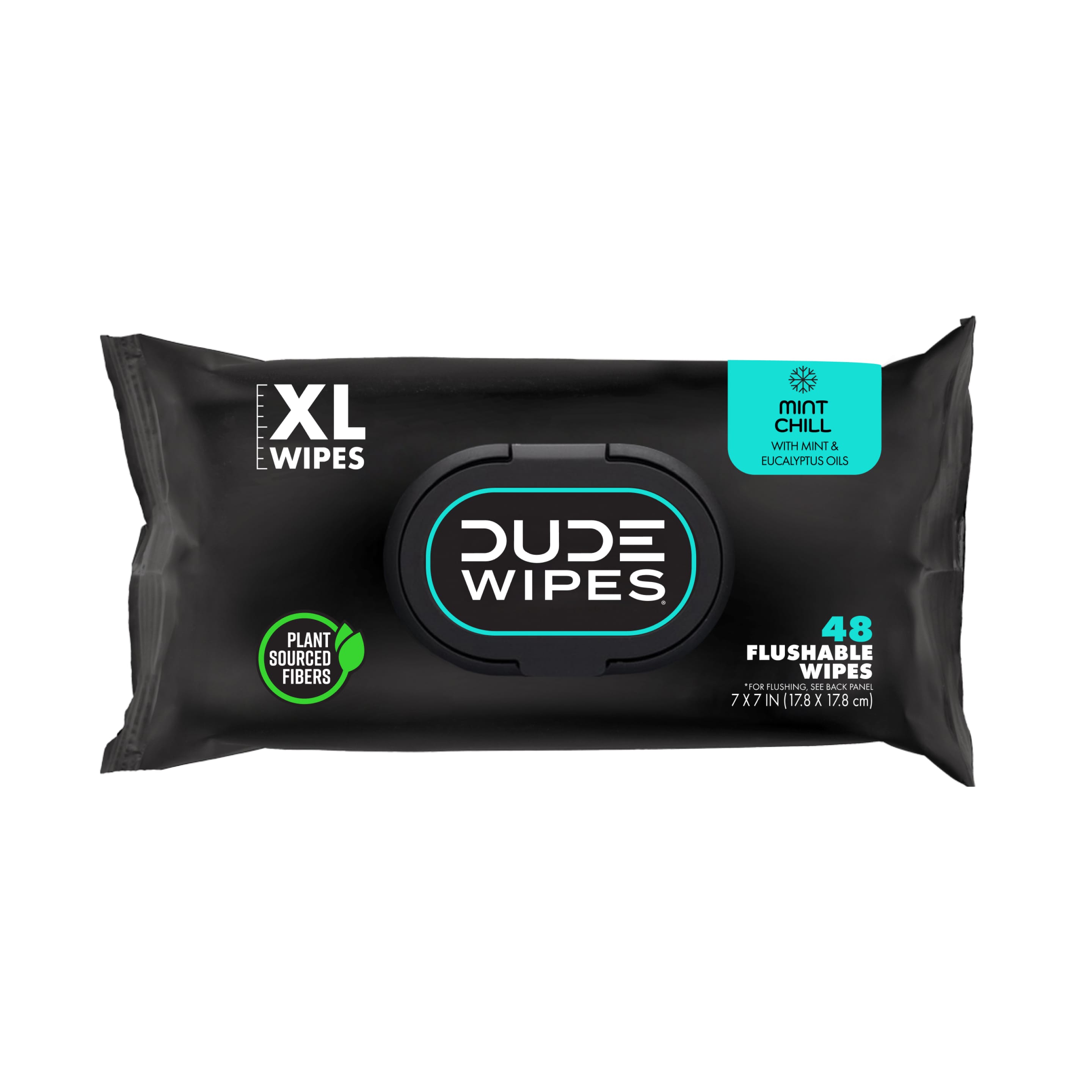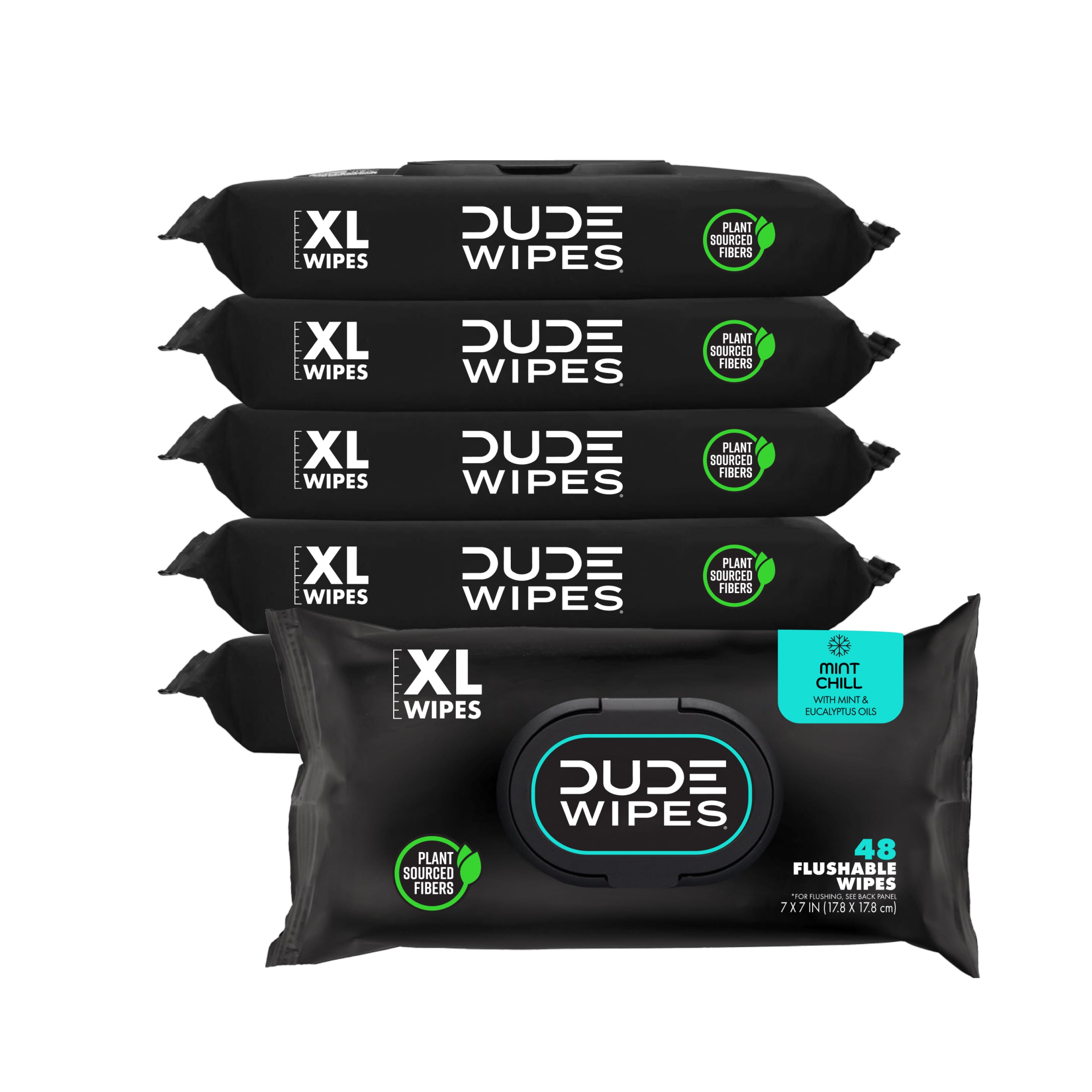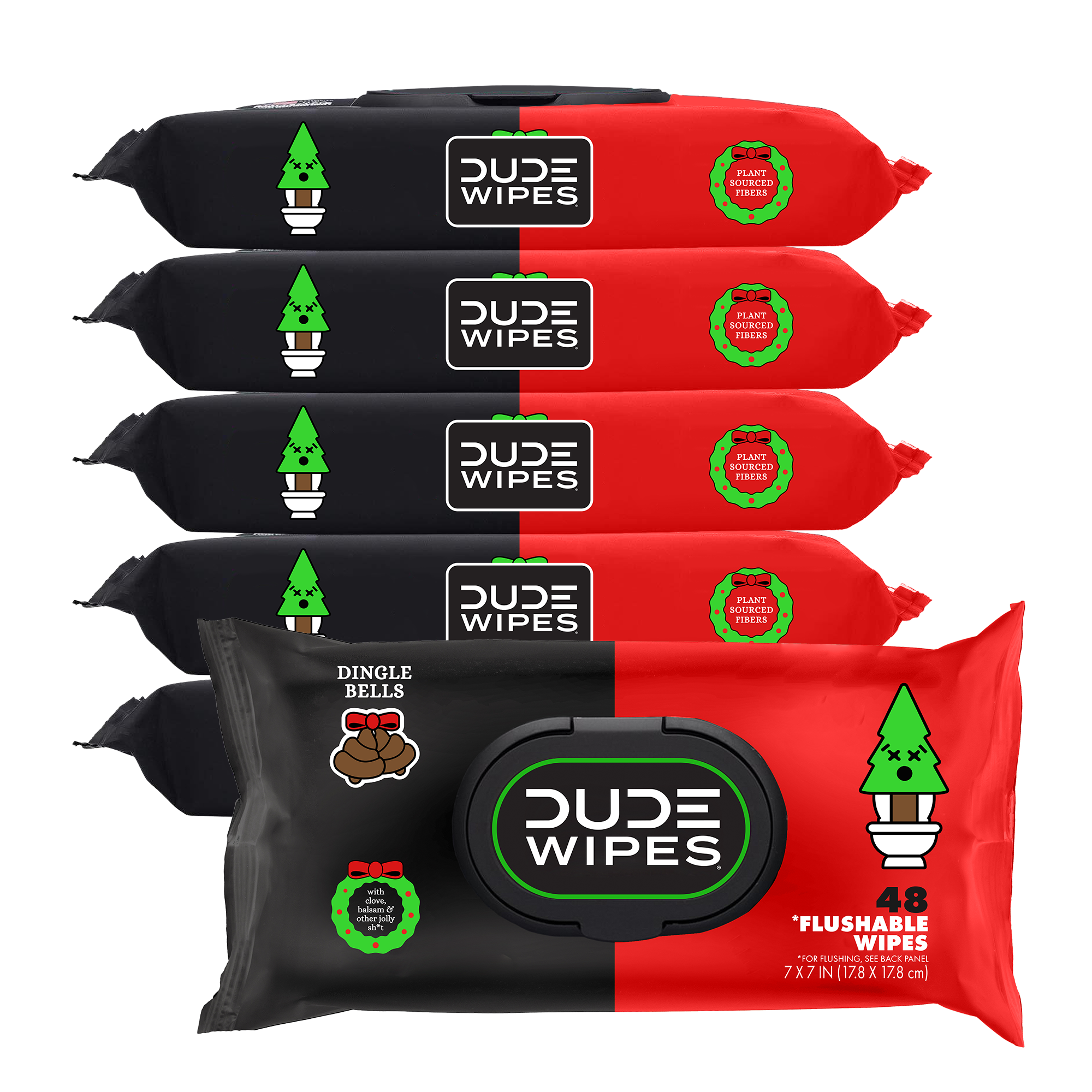The internet has enabled thousands of snake oil salesmen to sell naive rubes on preposterous ways to diagnose their health.
For example, Gwyneth Paltrow’s new age health company, Goop, suggests consulting a “certified shamanic energy medicine practitioner,” aka a crystal reader, to use their mystical powers to judge your health.
Lucky for you there’s a much cheaper way to do this, and it can be found at the bottom of your toilet bowl. It turns out your “butt goop” can tell you a lot about how healthy you are. Real doctors have even created a handy scale called the Bristol stool chart you can use to analyze your poop.
We’re not saying you have to get down and dirty with your dookie, but a quick glance after you do your daily deed can go a long way in monitoring, and improving, your health.
What should you be looking for as a poop sleuth?
Ideally your stool should be brown and smooth in the shape of a snake. Healthy poop is easy to push out, sinks nicely to the bottom of the bowl, and only takes one wipe to clean up. If you’re wondering how often you should be going number two, read more here.
If you see high fiber foods like corn, oat bran and carrots in your stool, that’s totally fine. Fiber is more difficult to digest, which is why high fiber foods can get out of your system relatively unscathed.
However, your stool looks more like the pellets your pet rabbit Lucky used to shoot out, then you’re definitely constipated.
A log jam occurs because the large intestine removes water from your stool as it passes through your system. The longer it sits in your system, the more water it pulls out. This is why fluid intake is the biggest predictor of constipation. To learn more about what happens when you hold in your poop, read here.
75% of your stool’s weight is water, so you can see why dehydration can cause constipation. Usually, drinking more water and eating fiber rich foods like fruits, vegetables, and legumes will do the trick. The average person’s diet is usually deficient in fiber, much less than the recommended 25 grams a day for women and 38 grams per day for men. When in doubt, drink more water and eat more fiber.
On the other end of the stool spectrum is the dreaded diarrhea.
It turns out fiber also helps with a case of the runs, because it acts like a sponge that expands to firm up your poop.
Supplements like psyllium can also help bulk up your poops to get things running smoothly again. Probiotics can also be of help with both constipation and diarrhea by improving your gut health.
Chronic, abnormal bowel movements could mean a more serious digestive issue when coupled with other symptoms like abdominal pain, excess gas, and fever. These symptoms are all indicators for digestive conditions like irritable bowel syndrome (IBS), Crohn’s disease, and ulcerative colitis.
Aside from texture and shape, color is an important health indicator.
Obviously, we all know what color your poop should be. It’s when it comes out a different color of the rainbow that it’s important to know what you’re looking at.
Typically, having an odd colored poop isn’t a cause for alarm—it’s probably due to what you ate last.
Green vegetables, red fruits and vegetables, and some medicines can all change your poop color. So how do you know when to sound the alarm? Here are the colors to watch out for.
Red
This is literally a red flag, and the color you should be most on alert for, along with black stool. But it shouldn’t cause a panic. The first thing you should do if you see red is think about what you ate last. For example, beets can color your stool for up to two days after eating them. Other foods that can have this effect are tomatoes, food coloring, and cranberries.
If you’re positive it wasn’t from something you ate, consider making a trip to the doctor. Bright red blood could indicate a polyp, intestinal inflammation, or even colon cancer. It could also be a bad case of hemorrhoids.
Black
If you didn’t drink a sixer of Guinness or take Pepto Bismol, black stool could mean you’re bleeding from your gastrointestinal tract. Bloody stool is also sticky and smells really bad. At worst, it can be an indication of a stomach ulcer or colon cancer, so you should definitely get checked out by a doctor.
White
White stool could mean your liver is not creating enough bile. This is common with liver diseases like hepatitis and cirrhosis.
Yellow
If it floats and is yellow, it could mean your body is having trouble digesting fats. This could be an indicator for pancreatitis or celiac disease.
Green
When your poop goes through your gastrointestinal tract too fast, your body doesn’t have time to turn it brown, so it still looks green in the toilet.
The probable cause of green poop is usually from green, leafy vegetables (that dang fiber again). However, if your poop is consistently green and has nothing to do with your diet it can be a sign of infection.
As you can see there is a literal shitload of information you can glean from your poops. Not only can you spot serious health issues, but you can also deduce what you need to do to ensure a perfect deuce the next time you hit the throne.
So look before you flush, and stay fresh with DUDE wipes.



